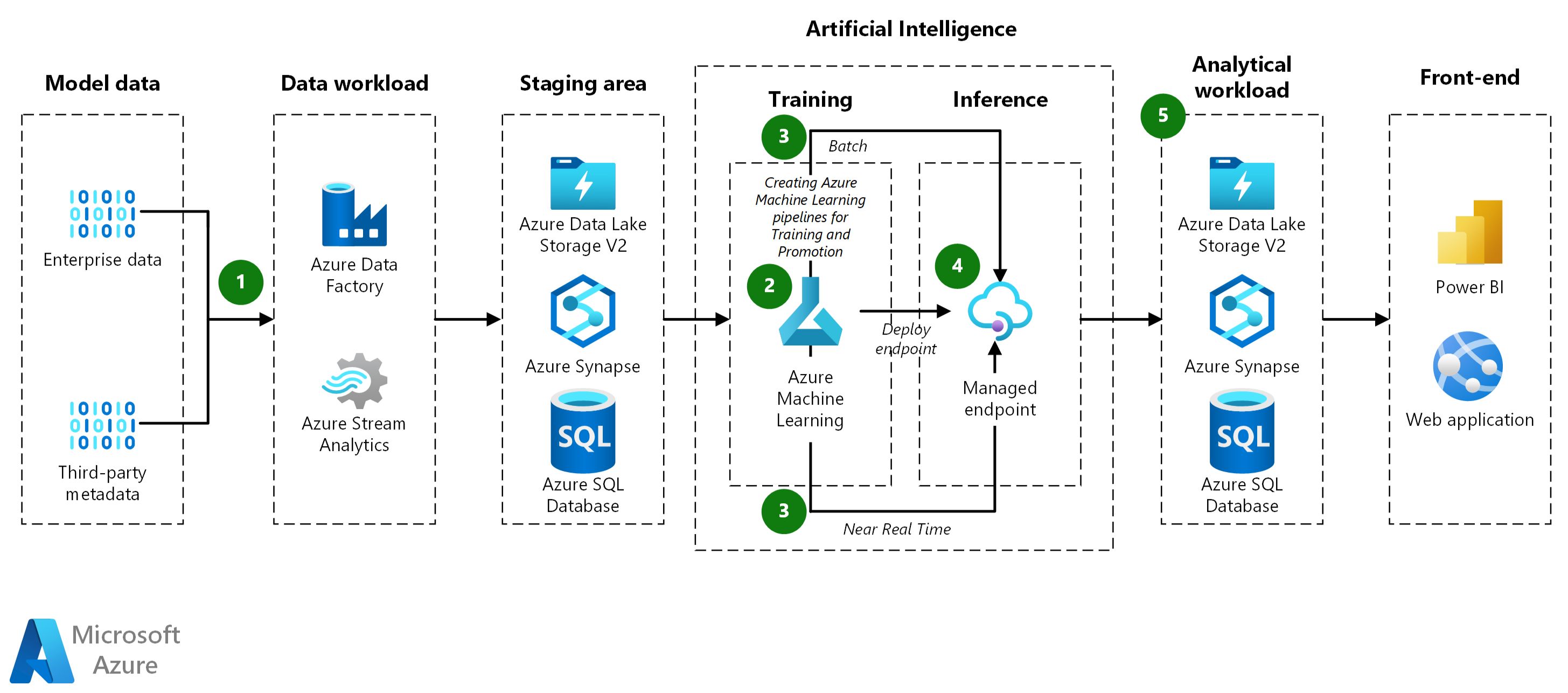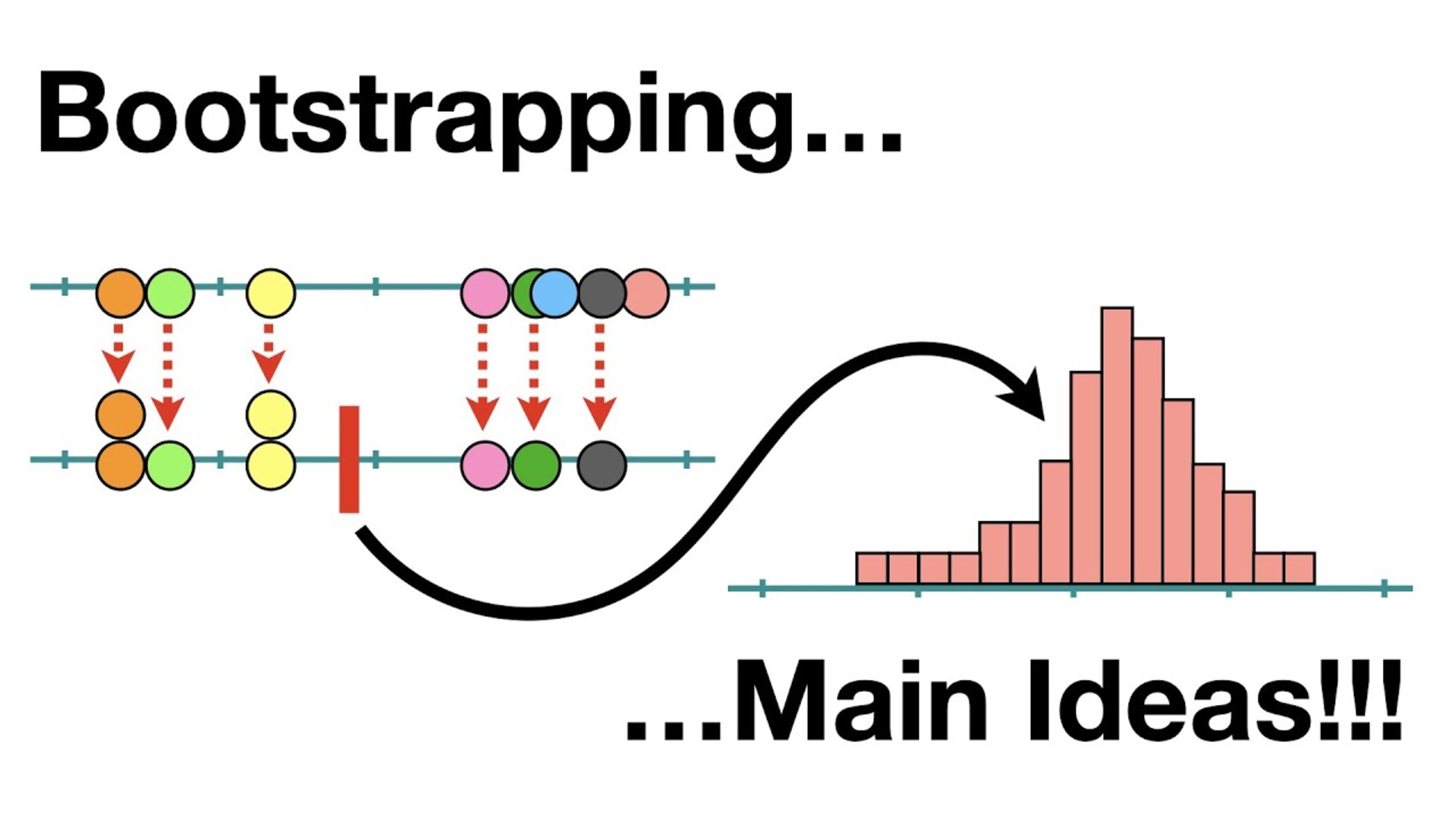Building Information Management has existed for several decades, although the term itself only began gaining widespread popularity less than ten years ago. BIM is often treated as the next logical step of evolution for the construction process as a whole. It all started with the original approach to project design that used physical drawings as the means of presenting the entirety of a project’s information.
Understandably, accuracy was always a problem with this kind of approach due to the sheer existence of the so-called human factor. The same could be said for the amount of information that a single project drawing can include – and creating multiple drawings rapidly accelerated the generation of conflicts, miscommunication, and so on.
The introduction and widespread adoption of CAD software as the primary source of project models solved the issue of accuracy in its entirety. It also brought a fair share of other advantages – presenting models in three dimensions with dynamic viewpoints, drastically reducing the industry’s overall reliance on paper drawings, etc.
At the same time, CAD was not as big of a change as it could have been, with plenty of unresolved issues remaining after its introduction. These include topics such as miscommunication, data sharing, information management on a project level, and so on. This is where BIM started spreading throughout the market.
The first question that would be worth asking here is simple – “What is BIM?”. The answer to this question is not exactly straightforward. The most common explanation of BIM describes it as a complex information management process that encompasses the entire lifecycle of a project – including the design phase, the construction phase, and even the post-construction tasks such as maintenance or disassembly.
However, that is not the complete context for BIM as a term since it has several different alterations. All of these interpretations stem directly from the way the definition of BIM can be interpreted. The aforementioned definition of BIM is the most common so far; it describes BIM as an information management process, so the name “Building Information Management” fits it completely.
Surprisingly enough, this is not the only interpretation of BIM. Another possible interpretation is “Building Information Modeling” – the process of creating and editing the BIM model, which acts as a centralized data storage location for the majority of the process.
The existence of a BIM model as a Common Data Environment for all project participants solves one of the construction industry’s biggest problems – miscommunication. Having constant access to up-to-date information about the project’s state eliminates potential miscommunication, enables accountability, and greatly improves conflict resolution across the board.
The topic of BIM adoption has been around for a while now, and there are still people who can be somewhat confused about the necessity of BIM, its advantages, and so on. There are at least three misconceptions that are extremely common for BIM:
- BIM is only suitable for architects and no one else.
- BIM is nothing but an evolution of CAD software.
- BIM is a one-and-done solution that can be deployed momentarily.
First, BIM is an incredibly versatile tool that originated from design-oriented CAD software. It helps all project participants throughout different project phases, from start to finish. The biggest reason this assumption even exists is that the architecture industry was practically the first one to start adopting BIM in any capacity.
Second, BIM has expanded far beyond any limitations of CAD software since it is not just design software anymore – it also covers data management, issue tracking, collaboration, resource acquisition, and dozens of different features outside of the direct field of CAD influence.
Last but not least is the assumption that BIM is something that can be used as a solution that adds everything at the same time. That assumption could not be further from the truth. BIM is an extremely difficult topic that interacts with practically any major project phase from start to finish, changing many of these phases in a substantial manner.
The topic of BIM integration has become so prevalent over recent years that there are several different approaches to it now, including “levels,” “maturity phases,” and so on.
For example, the topic of BIM Levels is relatively simple by nature – it represents the extent of BIM’s involvement in the current state of the company’s project management. The level count starts at 0 (as in “the complete lack of BIM”) and goes up to Level 8, at the very least.
The first four levels are relatively simple in terms of their explanation:
- BIM Level 0 is, as we have mentioned, a complete lack of any BIM integration whatsoever.
- BIM Level 1 presents a rather low level of integration that is comprised of 3D CAD modeling used primarily at the conceptual level. It also means that cooperation is at its bare minimum, and the only participant of the project that has access to the Common Data Environment is the contractor themselves.
- BIM Level 2 is relatively widespread now, and it is even used as a de facto standard for all construction firms on a government level (in the UK, at least). On this BIM level, all project participants use 3D CAD at different project phases, even if it is difficult to exchange data without setting a data format that everyone can work with.
- BIM Level 3 is where most of the BIM elements are supposed to start working together. This includes everyone’s access to the CDE, regular cooperation, data sharing, and more. At this level, the original meaning of BIM implementation becomes reality, but it can be very difficult to achieve, since it requires cooperation from different stakeholders, and not just the company itself.
BIM itself is also evolving as time goes on, and there are multiple other “levels” that expand its capabilities even further – with the addition of scheduling (4D), budgeting (5D), and several others. Understandably enough, implementing them is even more difficult than anything above since all of these “levels” and “dimensions” expand upon the original idea of BIM in all of its three-dimensional glory.
While BIM is a very complex concept, the number of advantages it can provide upon proper implementation is genuinely incredible. Additionally, more and more companies are going to be using BIM elements in their work as time goes on. There will come a time when BIM implementation will become a necessity for any company that is willing to remain competitive with their budget and time constraints. As such, it is never a bad time to learn more about the topic as a whole, at the very least.

























